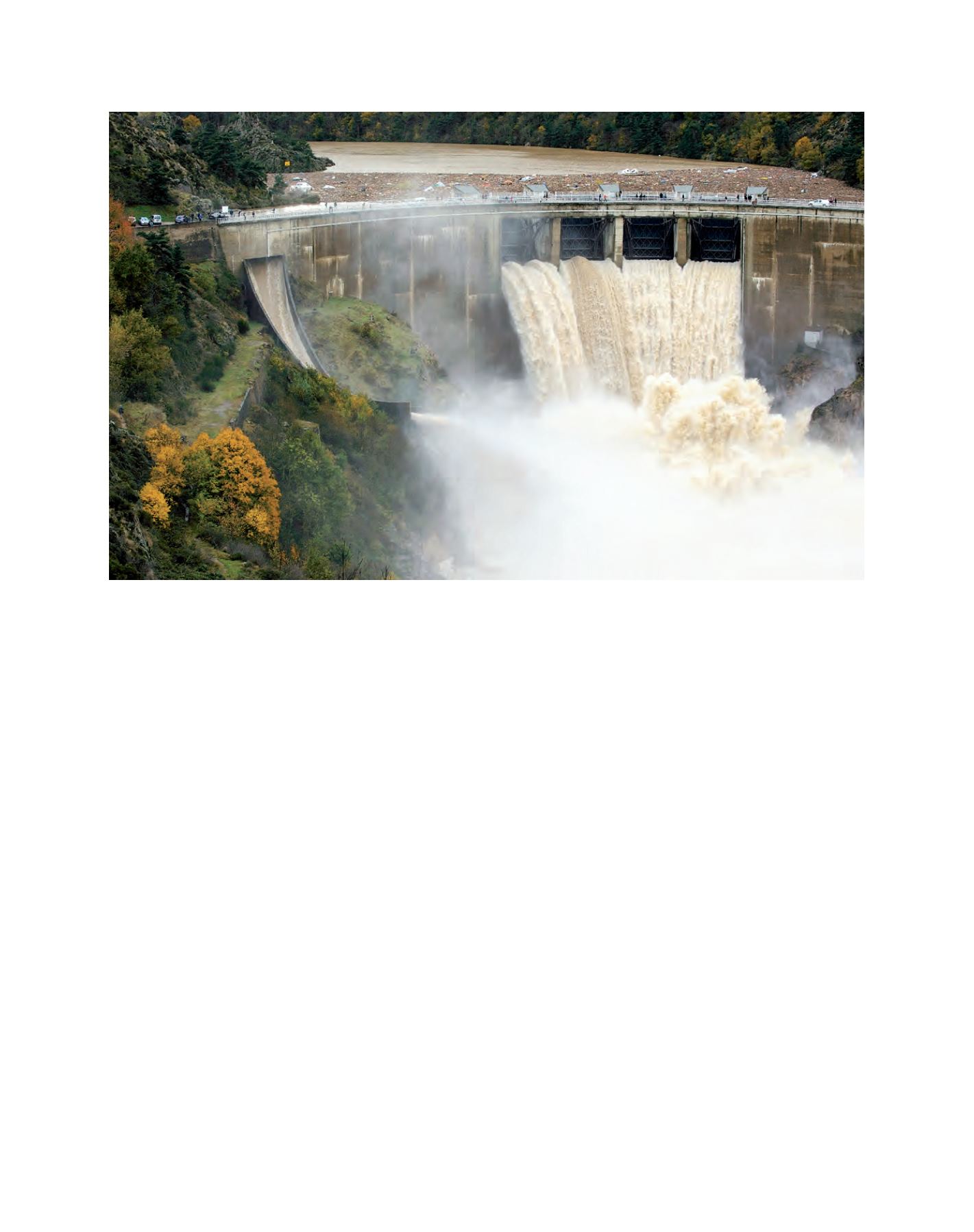

[
] 259
A
daptation
and
M
itigation
S
trategies
tions and the next IPCC assessment report are already in progress,
showing that the dialogue of previous years between the scientific climate
community and the end users has been fruitful. Careful attention should
however be put into the dialogue between scientists and users, to ensure
that these projects are useful to applications sectors.
The importance of collaboration between users from the energy
sector and providers of weather and climate data and forecasts
To match the global projected demand for electricity by 2030, the
International Energy Agency estimates that around USD14 trillion in
investments will be necessary.
9
Reducing the risk associated with these
investments necessitates three actions: improving weather and climate
data and forecasts; improving the communication between providers
and users; and improving the users’ decision making processes.
10
All
three fields are of equal importance and any deficit in one is likely to
seriously affect the whole chain. If the first and the third points are
to be treated mainly by providers and users respectively, the problem
of communication has to be addressed in close cooperation between
the two groups. Communication is the essential link between the
communities, and will condition the development of useful products
and services that will be used to improve efficiency, for the benefit of
the electricity sector and the whole society. At regional and interna-
tional levels theWorldMeteorological Organization, the World Energy
Council and other international institutions must play a major role
as facilitator, most notably by providing recommendations and guid-
ance. A crucial element is close collaboration at national level between
NMHSs and users.
In the last 30 years, EDF has developed national and international
collaborations with both scientific institutes and operational centres,
among which Météo-France has a central role. This part-
nership is based both on common research projects with
the Centre National de Recherche Météorologique, Météo-
France’s research centre, and on commercial contracts for
the provision of data and forecasts. In addition to existing
catalogue products, specific needs are generally addressed
in partnership – from the description phase to the final
product delivery. The common process is to develop ideas
based on operational needs in the frame of research projects,
which, if they are successful, are then tested in near-
operational conditions. This phase of evaluation is then
transformed into a commercial contract when the useful-
ness of the new product or service has been determined.
Of course, new products can then benefit other users and
sectors without impinging on confidentiality concerns.
Coordination teams have been formally set in place,
and formal meetings with feedback and event review
mechanisms take place at least twice a year. Of course,
complementary technical meetings are held on demand.
This type of organization has proven very efficient both
in increasing the quality of communication and mutual
understanding.This example could be followed by
other companies, as well as in other sectors. In devel-
oping countries in particular, upstream communication
between providers and users of weather, water and
climate information should be emphasized, in order to
rationalize the investments in observing and forecast-
ing services – as energy and electricity will be a major
component in their development.
Water release during the flood of La Loire at the Grangent Dam in November 2008
Image: EDF Mediatheque/Dhumes Patrice
















